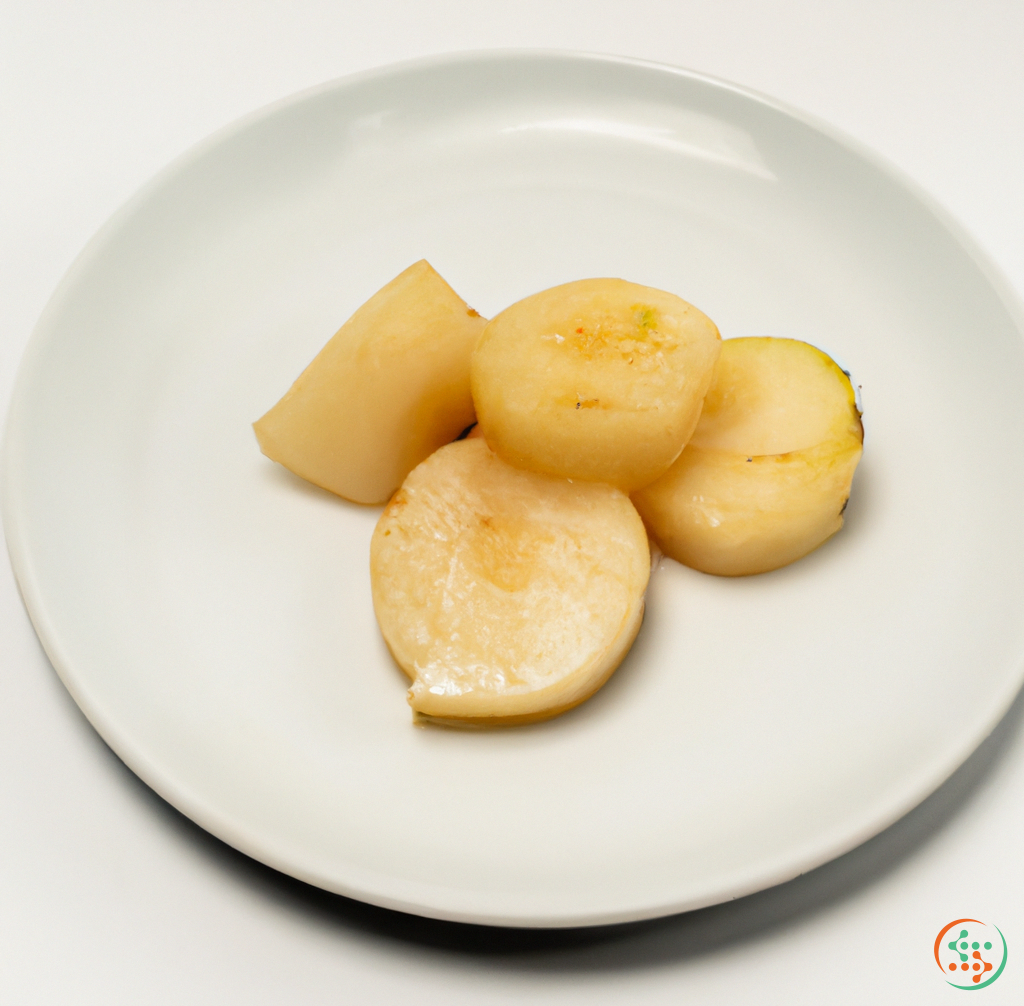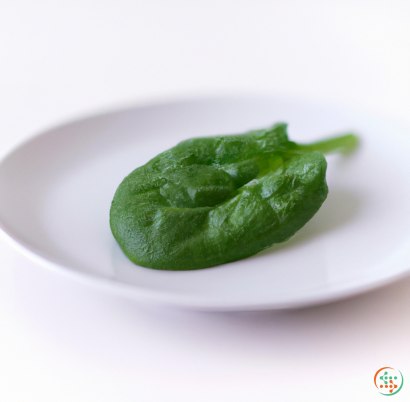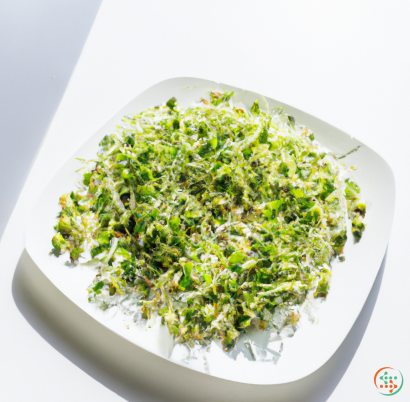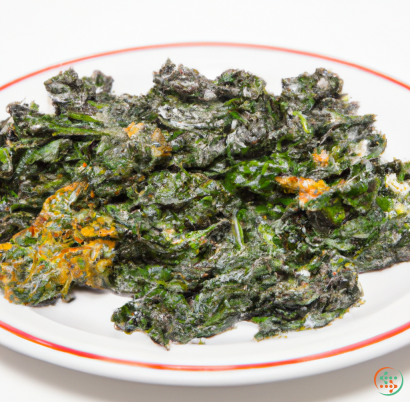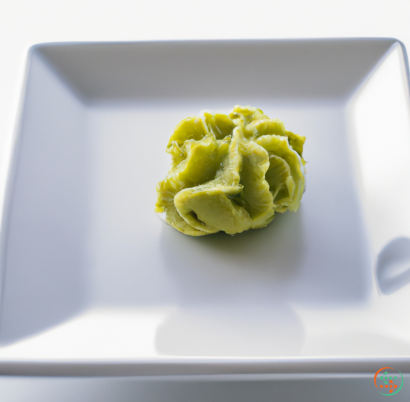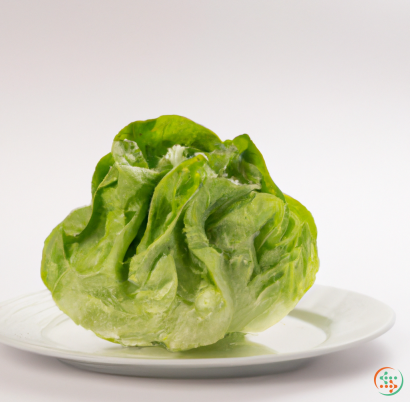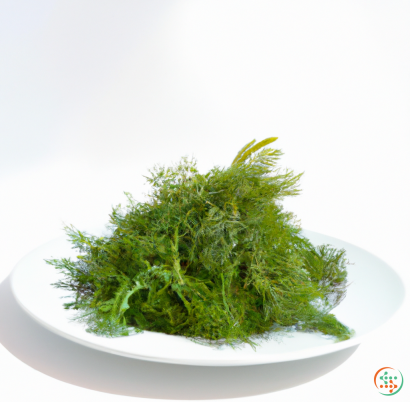Cooked Turnips
Cooked turnips, also known as Rutabaga, are root vegetables grown around the world and known for their health benefits and strong flavor. Turnips can be cooked in a variety of different ways including baking, boiling, stewing, roasting, and mashing, with each technique adding its own unique flavors and texture to the humble vegetable.
For starters, what is a turnip? Turnips are round root vegetables with a slightly sweet, earthy flavor, and they have a crisp texture when raw. The outer layer of the turnip is lighter than the inner portions and will vary depending on the variety. The size, taste, and the color can also vary depending on the variety, with yellow, white, and purple turnips being the most common.
Turnips have a high concentration of vitamins and minerals such as vitamin C, folate, potassium, calcium, and magnesium, making them a powerhouse of healthy benefits. They are also a great source of dietary fiber, which makes them an effective way to help maintain digestive health. Furthermore, turnips are low in calories and fat, making them a great food for weight loss.
Turnips can be prepared in many different ways, but one of the most popular is by boiling. This traditional method of cooking preserve the maximum amount of vitamins and minerals. To do it, you’ll first want to peel the turnips, then cut them into cubes or slices. Then, place them in a pot with enough cold water to cover them about halfway. Bring the water to a boil, and let the turnips cook for about 15 minutes, or until they’re soft and tender.
When boiling turnips, not only will you preserve more of the turnips’ vitamins and minerals, but you’ll also develop an even more robust flavor. Plus, boiling them will help make them more easier to digest, making them a great choice for those who have difficulty digesting certain types of vegetables. When finished, season the turnips with herbs, spices, oils, or butter, and serve it alongside a variety of other dishes.
Mashing turnips is another popular way to prepare this vegetable. Mashed turnips have a creamy, smooth consistency and slightly sweet taste, making them a great side dish to any meal. To make them, you’ll want to peel and cube the turnips, then place them in a pot, and cover with cold water. Now, bring the water to a boil and let them simmer for about 10 minutes, or until they’re fork-tender. Once cooked, you’ll want to drain the water and mash the turnips either by hand or with an immersion blender. Finally, season with butter and herbs or spices, and combine until you reach the desired consistency.
Roasting turnips is another great way to prepare these nutritious root vegetables. To roast turnips, simply pre-heat the oven to 425 degrees, then peel and slice the turnips and place them on a baking pan. Toss them in a bit of olive oil, salt, and pepper, and roast for 20-25 minutes. If you’re looking for a more caramelized flavor, you can toss them in a combination of honey, balsamic vinegar, olive oil, and herbs such as rosemary and thyme before roasting them in the oven.
Turnips can also be prepared in the form of a soup. To make a delicious turnip soup, you’ll need to sauté some onions, carrots, parsnip, potatoes, and turnips in a soup pot until the vegetables begin to soften. Then, add in some stock and simmer for 20-30 minutes, or until the turnips are cooked through. For extra flavor, you can add in some cream, or even a few tablespoons of white wine.
From boiled to roasted, mashed to soups, turnip is a versatile vegetable that can be cooked up in a variety of different ways. Not only are turnips packed with vitamins, minerals, and fiber, but the earthy sweetness and crisp texture is unmatched when cooked correctly. So whether you choose to roast, mash, or boil your turnips, be sure to take advantage of their unique flavor and enjoy!
Cooked Turnips: From Garden to Plate
Cooked turnips are a great way to add some extra flavour, crunch and nutrients to any meal. Whether they are served mashed, roasted, glazed or in a soup, the humble turnip can really make a dish stand out. But how do they get to at-home cooks’ dinner plates? Let’s take a look at the journey from the farm to the kitchen.
Planting and Growing
Turnips are cool-season crops, meaning they prefer cooler temperatures, making them perfect for autumn and winter planting in most areas. They generally take about four to six weeks to mature, so planters need to take into account their local climate and plan accordingly.
Before seeding, gardeners need to prepare the soil. Turnips need a loose, well-draining soil, with plenty of organic matter and regular moisture. Although they don’t need to be fertilised heavily, adding compost or manure before planting helps condition the soil.
Once planted, turnips need to be thinned to the final desired spacing and weeds must be kept at bay. Finally, they need to be irrigated regularly so the plants don’t dry out and are kept stress-free.
Harvesting
Turnips can be harvested when the roots reach two or three inches in diameter, although they may be smaller in sandy soil. Small turnips may be sweeter and more tender, while larger roots can be woody and bitter.
They should be left in the ground until picking day and then pulled up with a garden fork or spade. The soil and debris should be brushed off but the root should not be washed.
Turnips need to be stored and transported carefully, so pickers take them off the field in crates or boxes. Harvested turnips should be placed in a cool, dry place and shielded from direct sunlight as soon as possible since heat and light will cause them to deteriorate quickly. Transporting them should not cause bruising unless the turnips are packed too tightly in small boxes.
Post-Harvest
When it is time to ship the turnips, some freshness metrics need to be taken into account. These metrics include quality (e.g. colour, shape and size), cleanliness, and firmness. Inspectors check if the roots meet the growers’ and buyers’ standards and decide if they are fit for sale. Then, the turnips are placed in pre-coolers, bringing them down to temperatures suitable for transport.
Next, the turnips are loaded onto trucks and shipped to the local supermarket’s central hubs. At this point, the turnips are inspected again and placed in refrigerated containers, keeping them safe on their way to the shelves.
At the supermarket, the turnip roots need to be handled carefully in order to minimise damage and preserve their peak freshness. Rotation is especially important to ensure that older stock is sold first and make sure customers are getting the freshest turnips.
In the Kitchen
Once at the shoppers’ kitchen, turnips can be cooked in a variety of ways. Most recipes call for them to be boiled, steamed, roasted or mashed. Boiling in salted water for about 10 minutes will make them tender, but not soften them up too much. Steaming turnips in a colander on top of boiling water for around eight minutes is another great option. Roasted turnips can also be a delicious side dish when they are cut into wedges and tossed in oil, herbs and spices.
To achieve the perfect mash, boiled or steamed turnips should be mashed with butter and cream or other liquids such as stock, yoghurt or sour cream. Salt and pepper should be added to taste.
Turnips can also be sliced and added to soups or stews, or grated and tossed in salads. Experimenting with herbs, spices and other vegetables is a great way to add flavour and variety to turnips.
The Perfect Addition to Any Meal
Turnips are usually low-maintenance, tasty and nutritious and there are so many dishes that can benefit from their addition. With this in mind, it is clear to see why turnips have been consumed since antiquity and now have reached so many dinner plates around the world.
It is important to remember that the key to getting the best out of turnips is handling and cooking them properly. The journey from garden to plate is not just about transporting them to the supermarket and then to our kitchens – it is about preserving their freshness, enjoying their flavour and all the nutritional goodness that comes with this wonderful root vegetable.
| Vitamin E | 0.02 mg | |
| Vitamin K | 0.1 ug | |
| Vitamin C | 0.0116 grams | |
| Vitamin B1 | 0.03 mg | |
| Vitamin B2 | 0.02 mg | |
| Vitamin B3 | 0.3 mg | |
| Vitamin B4 | 0.0087 grams | |
| Vitamin B5 | 0.14 mg | |
| Vitamin B6 | 0.07 mg | |
| Vitamin B9 | 0.009 mg |
| Calcium | 0.033 grams |
Daily Value 1.3 g
|
| Iron | 0.18 mg |
Daily Value 0.018 g
|
| Magnesium | 0.009 grams |
Daily Value 0.4 g
|
| Phosphorus | 0.026 grams |
Daily Value 1.25 g
|
| Potassium | 0.177 grams |
Daily Value 4.7 g
|
| Sodium | 0.016 grams |
Daily Value 2.3 g
|
| Zinc | 0.12 mg |
Daily Value 0.011 g
|
| Manganese | 0.07 mg |
Daily Value 0.0023 g
|
| Selenium | 0.2 ug |
Daily Value 0.055 mg
|
| Tryptophan | 0.007 grams | |
| Threonine | 0.02 grams | |
| Isoleucine | 0.029 grams | |
| Leucine | 0.026 grams | |
| Lysine | 0.028 grams | |
| Methionine | 0.009 grams | |
| Cystine | 0.004 grams | |
| Phenylalanine | 0.014 grams | |
| Tyrosine | 0.011 grams | |
| Valine | 0.023 grams | |
| Arginine | 0.019 grams | |
| Histidine | 0.011 grams | |
| Alanine | 0.027 grams | |
| Aspartic Acid | 0.05 grams | |
| Glutamic Acid | 0.102 grams | |
| Glycine | 0.019 grams | |
| Proline | 0.021 grams | |
| Serine | 0.023 grams |
| Total Sugars | 0.131141 grams |
per 100g
|
| Palmitic acid (16:0) | 0.01 grams |
|
| Total Saturated fatty acids: | 0.01 g | |
| Linolenic acid (18:3) | 0.03 grams |
|
| Linoleic acid (18:2) | 0.01 grams |
|
| Total Polyunsaturated fatty acids: | 0.04 g | |
